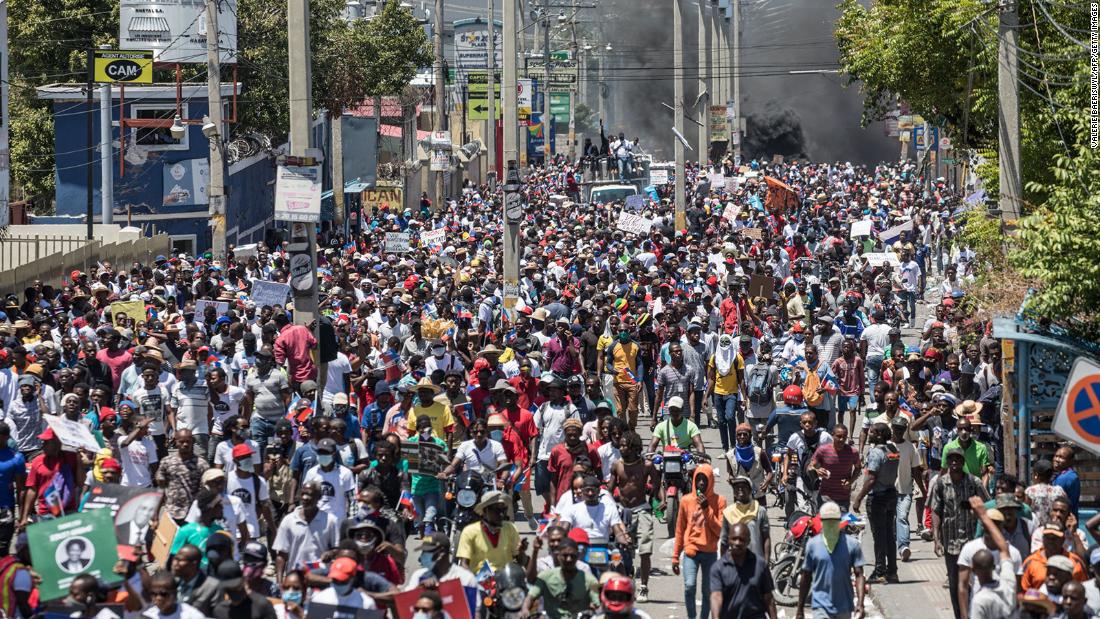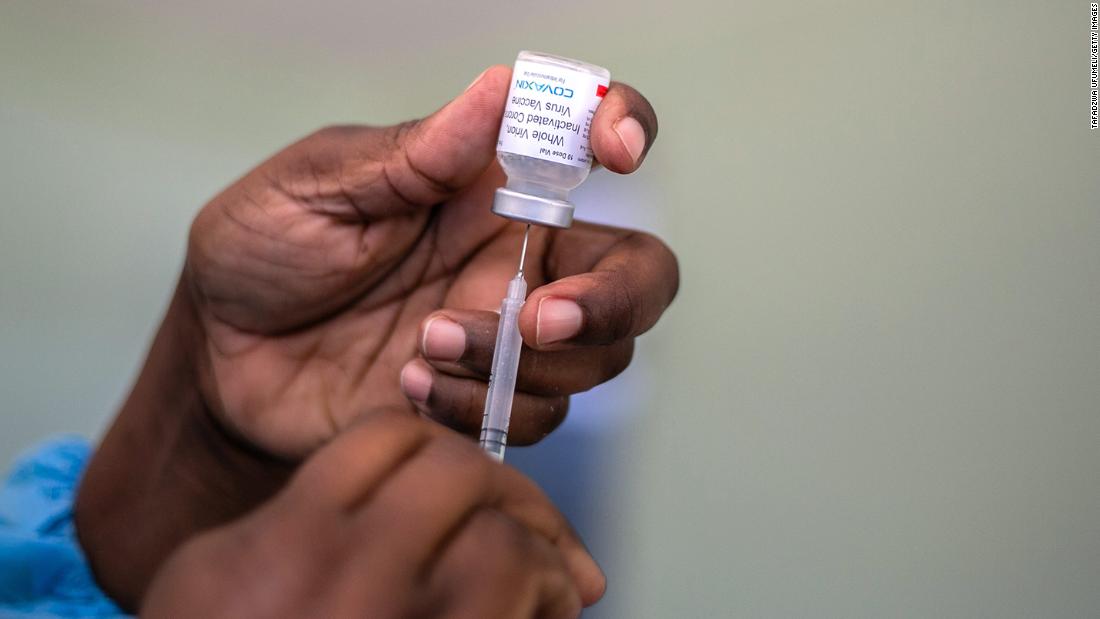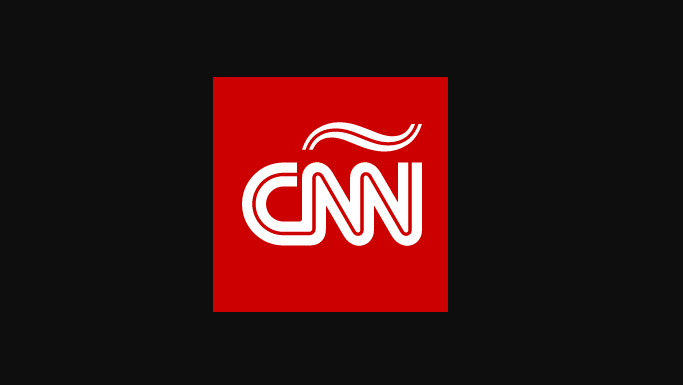Spring Break in Miami Beach has long been synonymous with high-energy parties, crowded beaches, and a general sense of revelry. However, in recent years, the iconic celebration has faced significant challenges. From public safety concerns to the sheer volume of revelers, Miami Beach officials recognized the need for change. Enter the viral campaign aimed at transforming the city's Spring Break experience. This article delves into the origins, strategies, and outcomes of the campaign that sought to end Miami Beach's association with chaotic Spring Break festivities.
The Spring Break Dilemma
Spring Break has been a staple of American youth culture since the 1960s, and Miami Beach has been a top destination for these celebrations. Traditionally, the event attracts thousands of college students and young adults, drawn by the promise of sunshine, beach parties, and carefree fun. However, the rapid increase in attendees led to several issues
- Public Safety Concerns The sheer volume of people created safety challenges, including overcrowding, altercations, and even violent incidents.
- Environmental Impact The influx of visitors placed a strain on local resources and resulted in increased littering and environmental degradation.
- Local Residents' Discontent The constant noise and disruption during Spring Break led to growing frustration among local residents.
By the early 2020s, these issues reached a tipping point, prompting city officials to take action.
The Origins of the Campaign
In response to the escalating issues, Miami Beach officials, in collaboration with local businesses and community organizations, launched a viral campaign to reframe the city's Spring Break image. The campaign aimed to address public safety concerns, promote sustainable tourism, and restore a sense of order to the celebrations.
Campaign Strategy
The campaign's success can be attributed to several key strategies
Harnessing Social Media Recognizing the power of digital platforms, the campaign utilized social media to reach a wide audience. This included creating engaging content, such as videos and memes, that highlighted the new initiatives and the importance of responsible behavior.
Influencer Partnerships The campaign enlisted popular influencers and local celebrities to amplify its message. By collaborating with individuals who had a strong connection with the target demographic, the campaign effectively spread its message to a broader audience.
Educational Initiatives The campaign focused on educating both visitors and locals about the new rules and the reasons behind them. This included digital flyers, informative videos, and social media posts that explained the importance of following regulations and respecting the community.
Enhanced Law Enforcement To ensure compliance with new regulations, Miami Beach increased its law enforcement presence during Spring Break. This was coupled with clear communication about the consequences of non-compliance.
Local Business Involvement Local businesses played a crucial role in the campaign. Many bars, clubs, and restaurants partnered with the city to promote responsible behavior and support the new initiatives.
The Campaign in Action
The campaign was officially launched in the months leading up to Spring Break, with a series of preemptive measures and promotional activities
Pre-Spring Break Promotions To set the tone for the upcoming season, the campaign began with a series of promotional activities. This included social media posts, local events, and press releases that introduced the new initiatives and emphasized the city's commitment to a safer, more enjoyable Spring Break experience.
On-the-Ground Enforcement As Spring Break approached, Miami Beach implemented several on-the-ground measures. This included increased police patrols, stricter enforcement of public drinking laws, and the establishment of designated areas for parties and events.
Real-Time Communication During the Spring Break period, the campaign used real-time communication to address any emerging issues. This included live updates on social media, announcements from local authorities, and the use of mobile apps to keep visitors informed.
Post-Event Evaluation After Spring Break, the campaign team conducted a thorough evaluation to assess the effectiveness of the initiatives. This included gathering feedback from visitors, residents, and local businesses, as well as analyzing data on crime rates, environmental impact, and overall visitor satisfaction.
Outcomes and Impact
The viral campaign had a significant impact on Miami Beach's Spring Break experience
Improved Public Safety The increased law enforcement presence and clear communication of regulations led to a noticeable decrease in violent incidents and altercations. The campaign's focus on responsible behavior helped create a safer environment for both visitors and locals.
Environmental Benefits With stricter regulations and increased awareness, the environmental impact of Spring Break was reduced. There was a noticeable decrease in littering and better management of local resources.
Positive Feedback The campaign received positive feedback from both visitors and local residents. Many appreciated the efforts to create a more enjoyable and respectful Spring Break experience.
Sustainable Tourism The campaign successfully promoted the idea of sustainable tourism. By emphasizing responsible behavior and respecting local regulations, the city was able to balance the needs of visitors with the well-being of the community.
Challenges and Lessons Learned
While the campaign was largely successful, it was not without challenges. Some of the key lessons learned include
Communication is Key Clear and consistent communication is essential in ensuring that all stakeholders understand the new rules and their importance. The use of multiple platforms helped achieve this, but there were still instances where information gaps caused confusion.
Ongoing Engagement Maintaining engagement with visitors and locals throughout the event period is crucial. The campaign's real-time updates and active social media presence helped address issues as they arose, but ongoing engagement remains a key factor for success.
Balancing Interests Finding the right balance between promoting tourism and addressing local concerns is a delicate task. The campaign's success was due in part to its ability to address both aspects effectively.
The viral campaign to end Miami Beach's association with chaotic Spring Break festivities represents a successful example of how targeted, multi-faceted approaches can address complex issues. By leveraging social media, influencer partnerships, educational initiatives, and enhanced law enforcement, the city was able to transform its Spring Break experience into a safer and more sustainable event.
As other cities and destinations face similar challenges, Miami Beach's campaign provides valuable insights into the power of strategic communication and community involvement. The lessons learned from this initiative can serve as a blueprint for managing large-scale events and balancing the needs of visitors with those of local communities.


.jpg)






 English (US) ·
English (US) ·